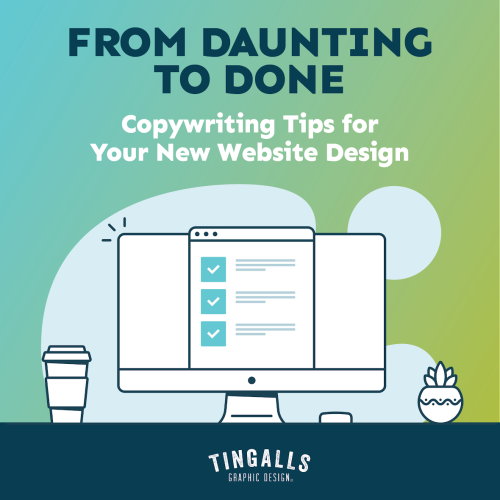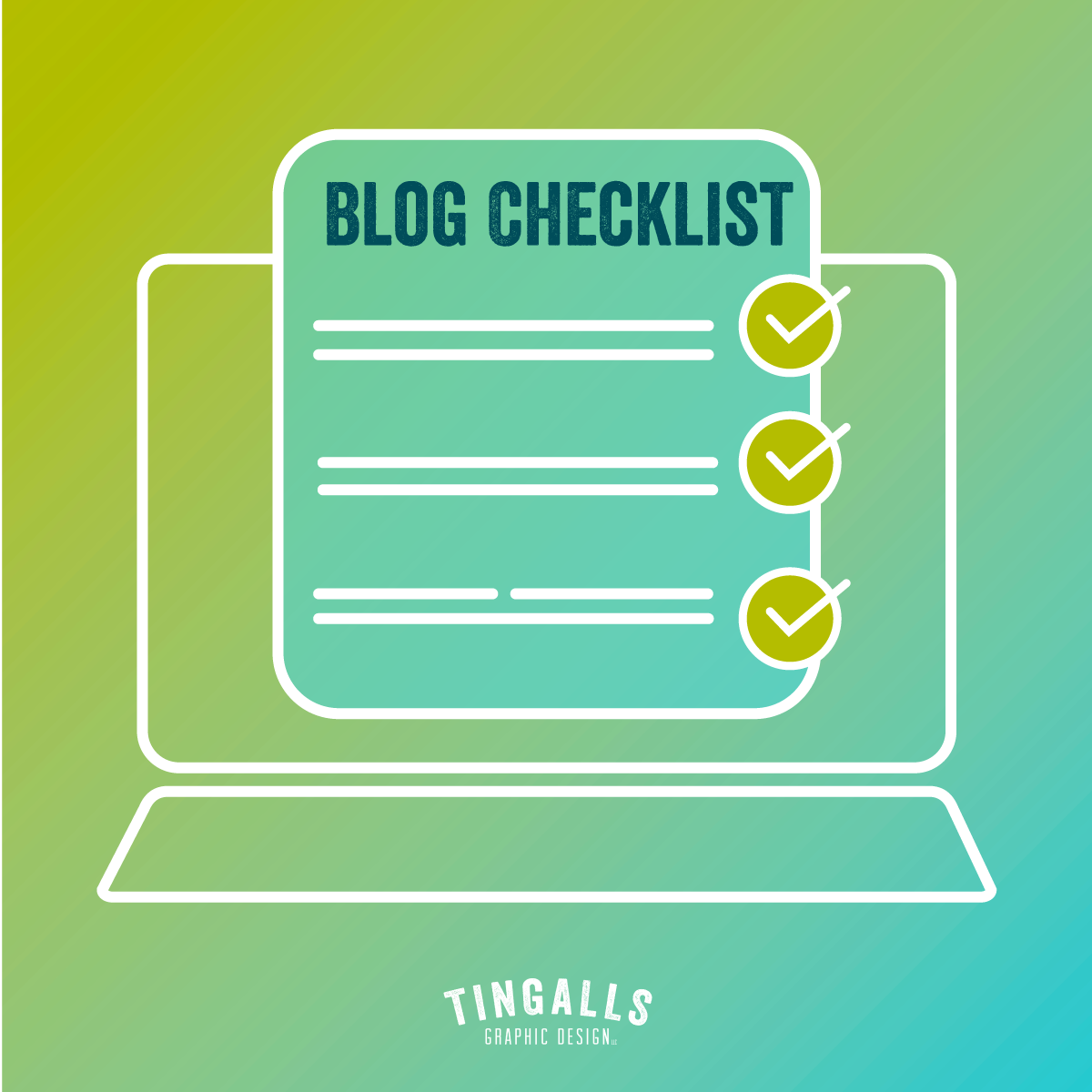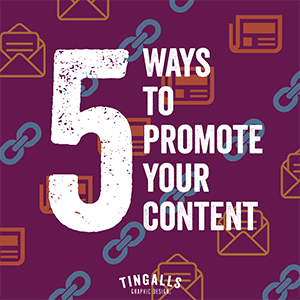How to Use SEO Keywords on Your Website

Your business’ website needs to drive traffic in order to be successful. Creating an online presence offers visitors an easy way to view and understand your products and means more potential customers. The goal of your website must be to be seen! Driving more traffic to your website means your business benefits from all the hard work that went into it. Often, however, an essential element is overlooked in the design process – search engine optimization (SEO).
What is SEO anyway?
SEO sets your website up so that it can be found by internet users that rely on search engines. SEO can mean the difference between ranking high on the Search Engine Results Page (SERP) or not even showing up. Unlike pay per click (PPC) advertising (think GoogleAds), SEO works on organic searches.
What’s an organic search?
When a search engine returns its results, it gives you relevant paid advertising results first then relevant organic results. Organic search result returns are based on a current search engine algorithm. These equations interpret the users search based on not only the words she types in but also based on past searches, location, social media likes, last purchase, etc. This set of rules includes a sophisticated if-then-else statement that will take into account those things, as well as words that Google has learned, are intuitive to what she’s looking for — because of this, ranking high in organic search results takes a thoughtful strategy.
These days many online marketing experts will tell you that it’s solely a pay to play game, but the truth is organic search results are an essential part of the overall puzzle.
How can I get in the game?
There is a lot to Search Engine Optimization, and it takes a lot of hard work, but as a website owner, there are tools available to you that give you some control. Of course, there are many services available to help you get started or ones who will completely do it for you as well.
Optimize Your Site with SEO Keywords
Keywords are those words or phrases that Google looks for as part of its decision to include your website in its user’s search. Keywords are located in prime positions on each page of your website and where and when you use these words matters. Some keywords have a high volume of searches which is good, but they also have lots of competition among internet businesses that are trying for your audience’s attention too. The agreed-on strategy at the moment for new websites or websites that have very low rankings is to find relevant keywords with little competition and a reasonable volume. Once your site is getting more traffic, you can have a go at using more competitive keywords but in the meantime put on your thinking hat and create natural variations that you think your customers will use while sidestepping the more competitive words if possible.
Finding Relevant Keywords
Do your research. There are several ways to create an initial keyword list. You’ll want to start with a brainstorming session with the person who knows the most – you! Write down popular industry words but try to stay in the head of your customer. How would they search for you or your services? Type a few of these words in Google’s search box, and you’ll often see a drop down of suggestions to add on to your list. Those are great phrases you’ll want to include within your website.
Take a Look at the Competition
Now it’s time to do a little spying on your competition for more keywords. Is there a website within your industry that you admire? It’s time to take a peek and see what keywords they’re using. Don’t be embarrassed – everybody is doing it! Some free keyword tools that will analyze your competitions’ sites are Keyword Everywhere or Scout Word Tracker. Each of these has a browser plugin you can use to view details on other websites. They will want an email address and will, of course, try to upsell you on other products which you may very well be interested in later on but for now – they are really helpful in your keyword discovery phase.
Take a Look at Yourself
Now that you have a list of keywords to work from, you’re just getting started because you need to analyze how competitive these words are (remember we want to stay away from highly competitive words at this point). Google Keyword Planner is an excellent place to start. You’ll need a Gmail account to access this, but it’s a free online tool from Google designed to rank keywords. When you populate this tool’s search box with your seed keywords, it returns with some handy information like average monthly searches and competition rank (high, medium, low). This will give you a good idea of how much competition a keyword faces and whether or not you want to use it.
Using Your Keywords
Now that you’ve got your keywords, it’s time to use them. Don’t waste valuable SEO words by burying them where they won’t help your site be found. Once you have incorporated them, you’ll want to update your list regularly and of course, use those words effectively.
If you want to rank well in Google, you’ll need to target not just single words but full keyword phrases that your customers will use. Avoid stuffing your content with too many keywords; not only will you look desperate, but Google will flag that behavior as possible spam. Instead, use your keywords in a natural way within the titles and content. Ideally, put the keyword in your headline, but always think about your readers first because ultimately, they are the ones who will most affect your ranking.
Long-tail vs. Short-tail
Including what is called long-tail keywords in your list can help keep your content unique and user-focused. A long-tail keyword is just a fancy way of saying a customer relevant phrase. Sometimes it can be as simple as adding “near me” to the end of a word like “dentists” other times it can be a bit more like “dentists who take Medicare.” Using smart long tail keywords can hone in on the clients you want to attract. Choose 2 or 3 longtail keywords and strategically place on each page. Sprinkle shorter ones throughout your content, so your site is seen as relevant to not only the search engines but to your viewers.
SEO CHECKLIST
We’ve put together a quick checklist to get started using your keywords effectively:
[ ] URLs (Page Name)
Google values short, descriptive URLs that are 3 to 5 words long. You can get away with a few more words as long as you keep in mind to keep it short and sweet. Always makes sure your URL contains your main keyword and describes the page accurately.
[ ] Page Title or H1 Tags
Appear in the search listing and also in the tab of your browser. They are what search engines use to determine the intent of the page. You want to include 2 to 3 keywords in your title and keep your primary keyword towards the front.
[ ] Subheadings or H2 Tags
These gems not only make your content more user-friendly but also represents another opportunity to include your primary keywords. Of course, any headings should always be relevant to what they are introducing.
[ ] Meta Descriptions
You’ll see these descriptions in Google on the search results page. These small snippets (up to 320 characters) describe a page’s content. Pay attention to these – this is what explains to search engines and those viewing the results what your page is about.
[ ] Well-Written Content
Great copy will ultimately have a significant impact on your site’s ranking. Longer content with appropriate secondary keywords and comprehensive information will perform better in search rankings. Ideally, you want to shoot for a minimum of 300+ words per page.
[ ] Blog posts
These are a great way to not only utilize your keywords but also to continuously add fresh content. Written in an effective way they also provide useful information to your audience. You want to shoot for 1,000+ words regularly with some shorter form blogs thrown in to break up the monotony.
[ ] Images
All images on your page should have a file name that accurately describes the image and the purpose for it. Instead of default names like “IMG-80569.jpg” use a keyword in the title like carpet-cleaner-madison.jpg or premier-carpet-cleaning-madison.jpg
[ ] Alt Image Text
You can also signify what you want the alternate text for the image to be which is too often missed with website design. The descriptions should always contain the keyword you’re hoping to rank for. Describe what the image is using a primary keyword. Example: vintage carpet cleaning in Madison, WI
Think you’d like some help with SEO?
By now, you know that SEO copywriting not only improves the usability of your web site, but it also improves the overall user experience. You also know that it’s a lot of hard work. Luckily, you don’t have to brave it alone because Tingalls offers professional SEO copywriting.
Flexible Options
We have flexible, affordable writing services to meet your situation including creating website content with keyword research. This option includes in-depth keyword analysis for your industry specific to your site. We then provide the strategy and content you need to use those words effectively. Have you already done your keyword research? No problem. We can take those keywords and use them to make outstanding, optimized copy for your site that is fitting for your company’s story and voice.
Throughout the process of creating a new website or analyzing an existing one, you’re going to need to keep SEO in mind. The first step is just to get started. Set your expectations, accordingly, realizing you’ve got your work cut out for you. Armed with the above information you’ve got the basics to begin your SEO journey either on your own or with a partner like Tingalls.



